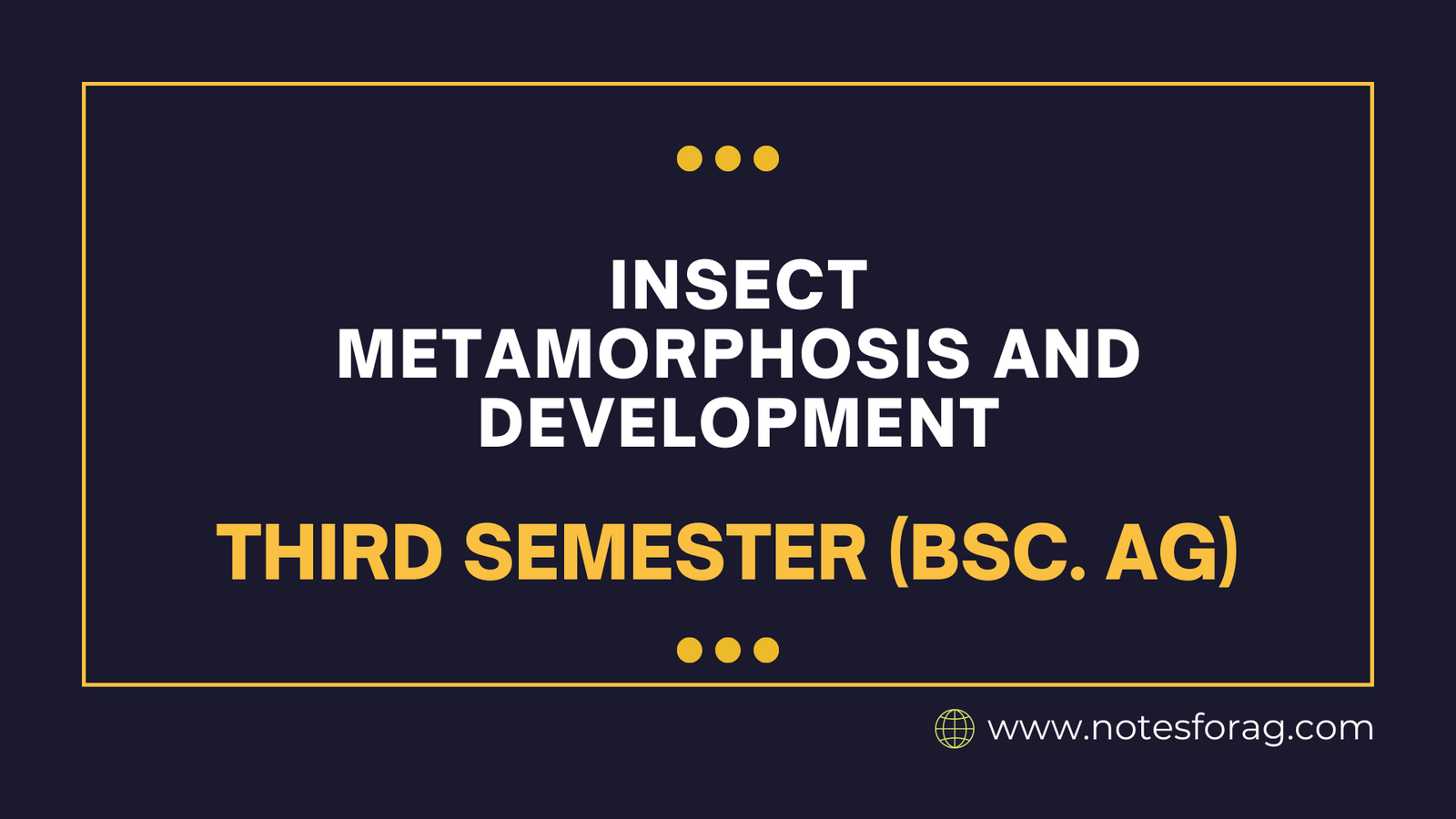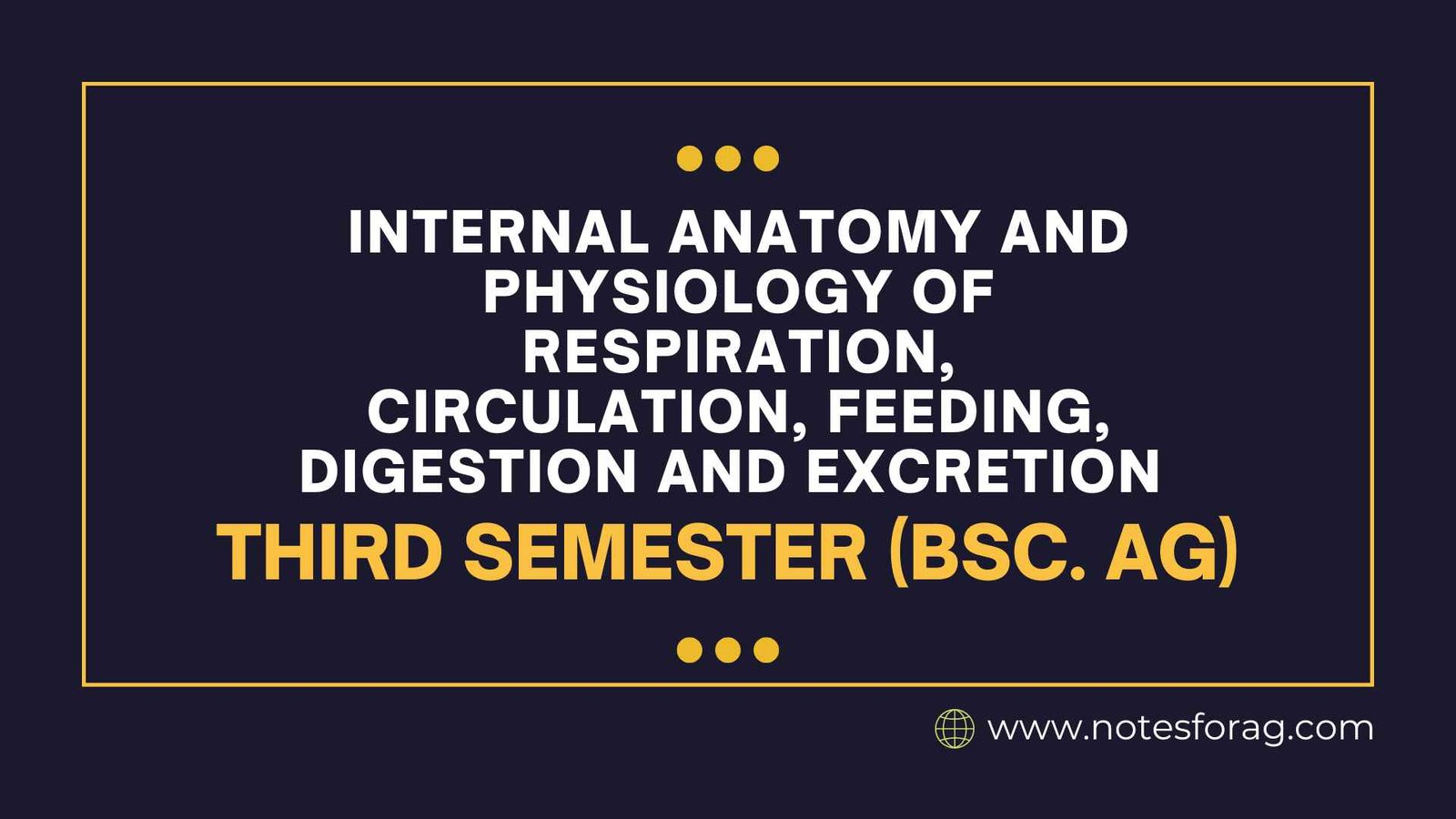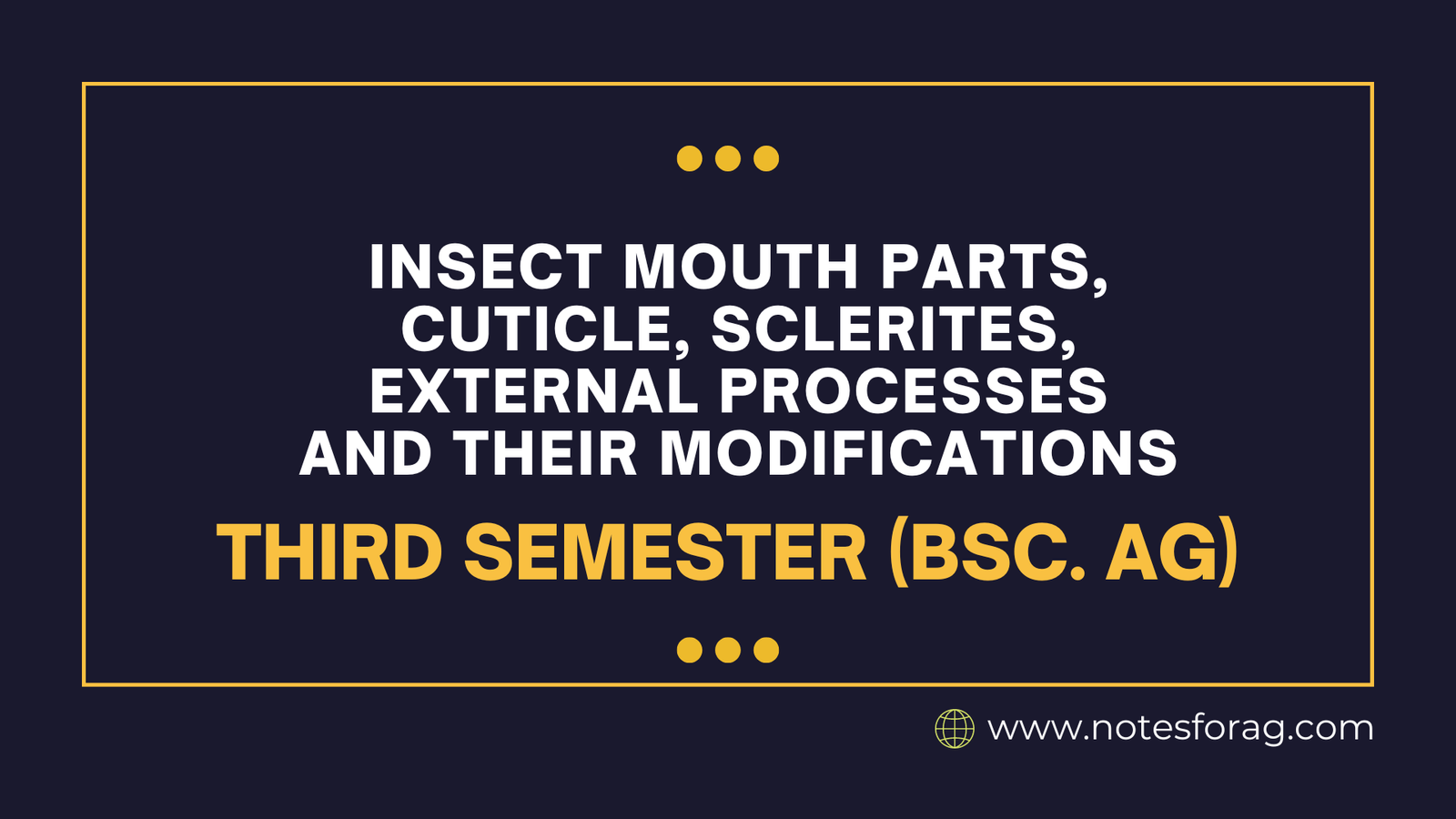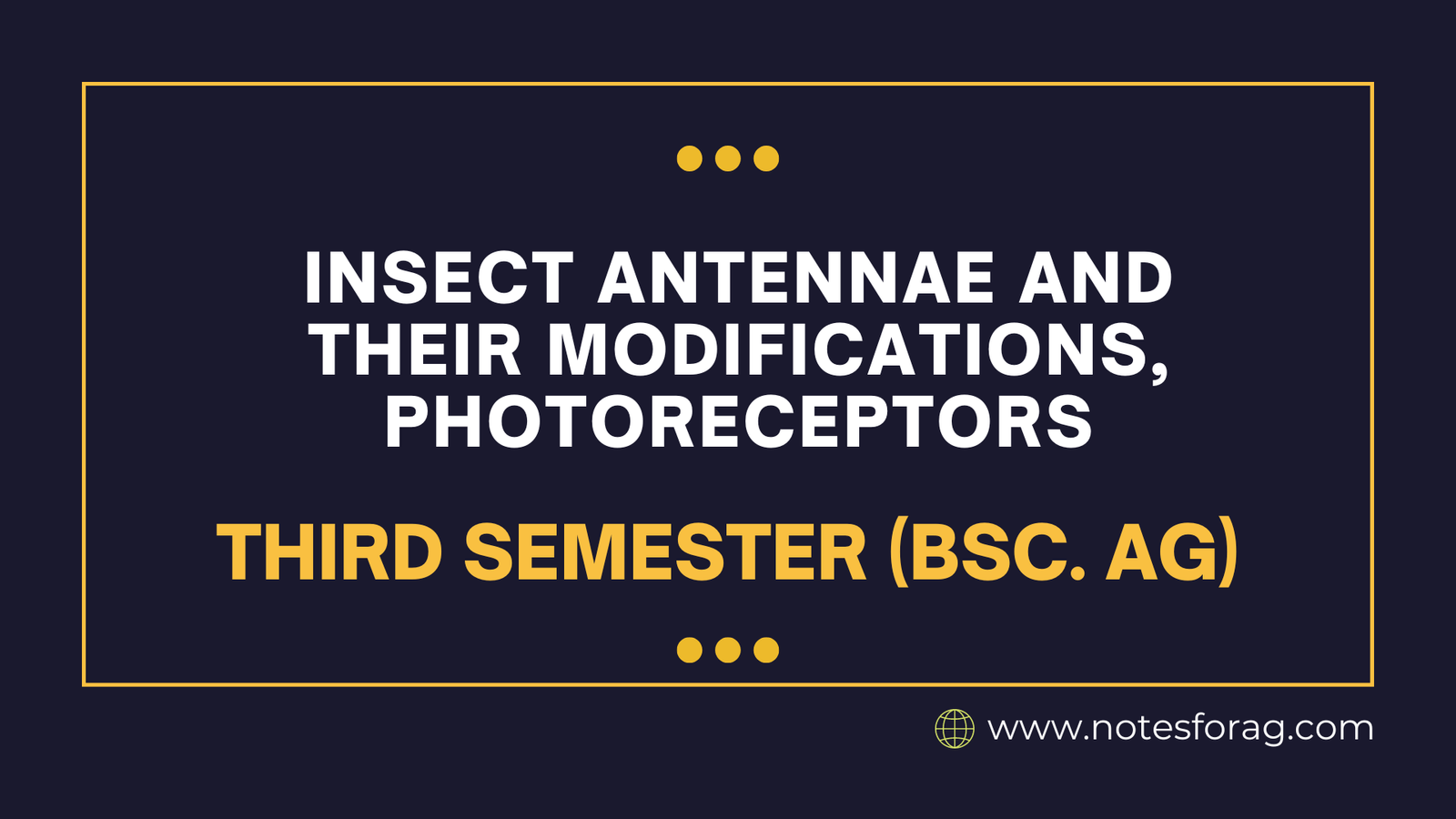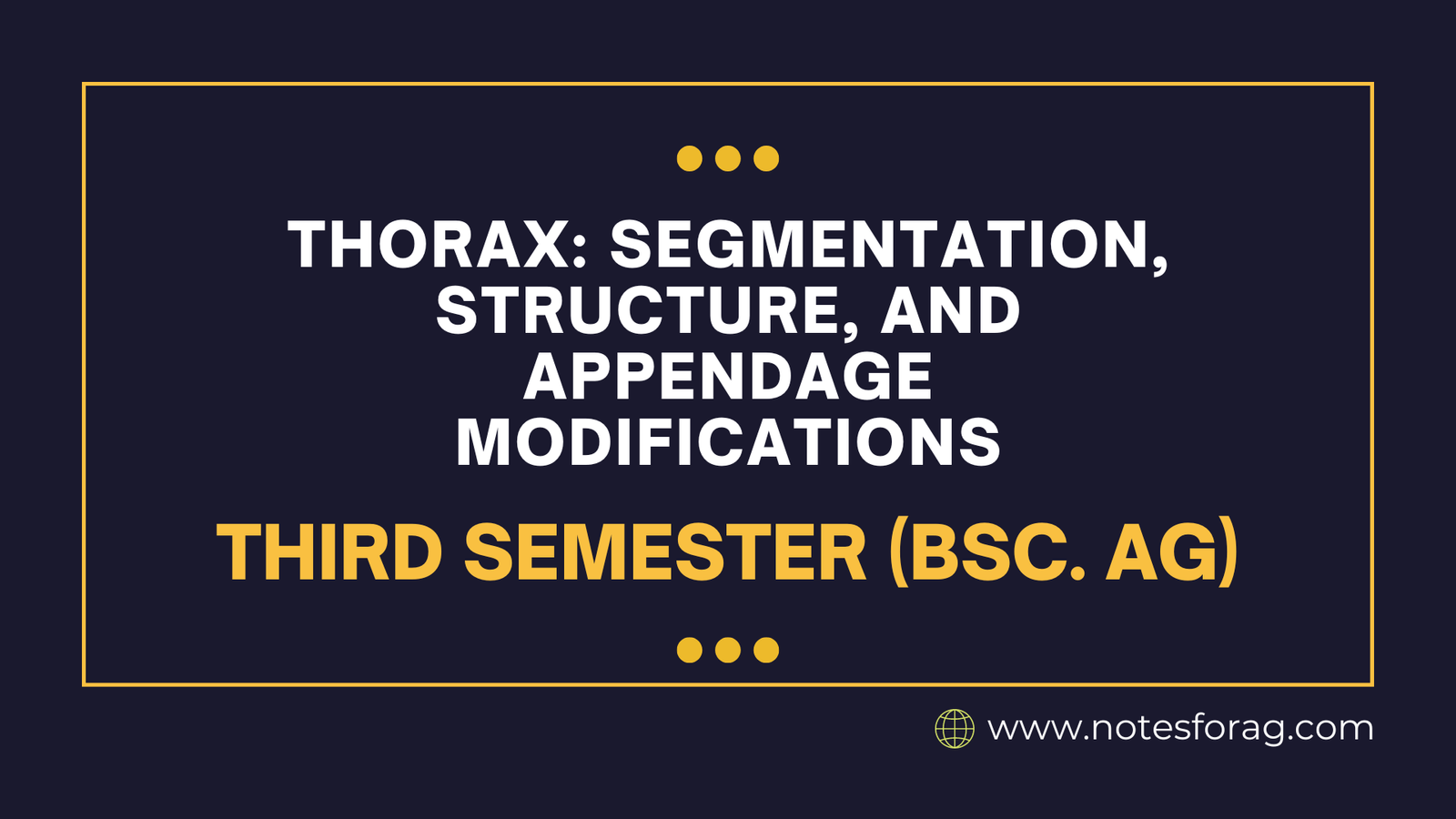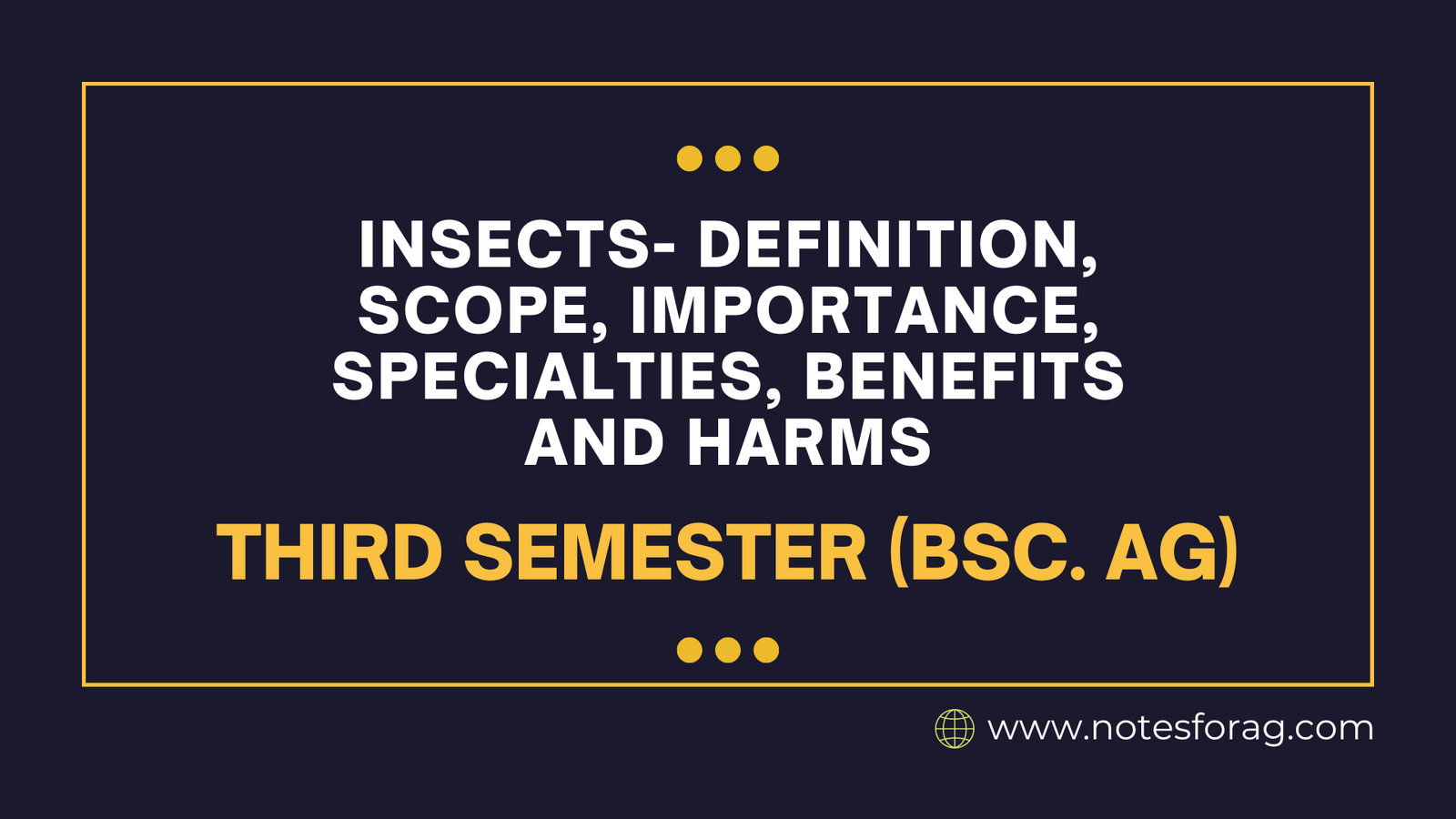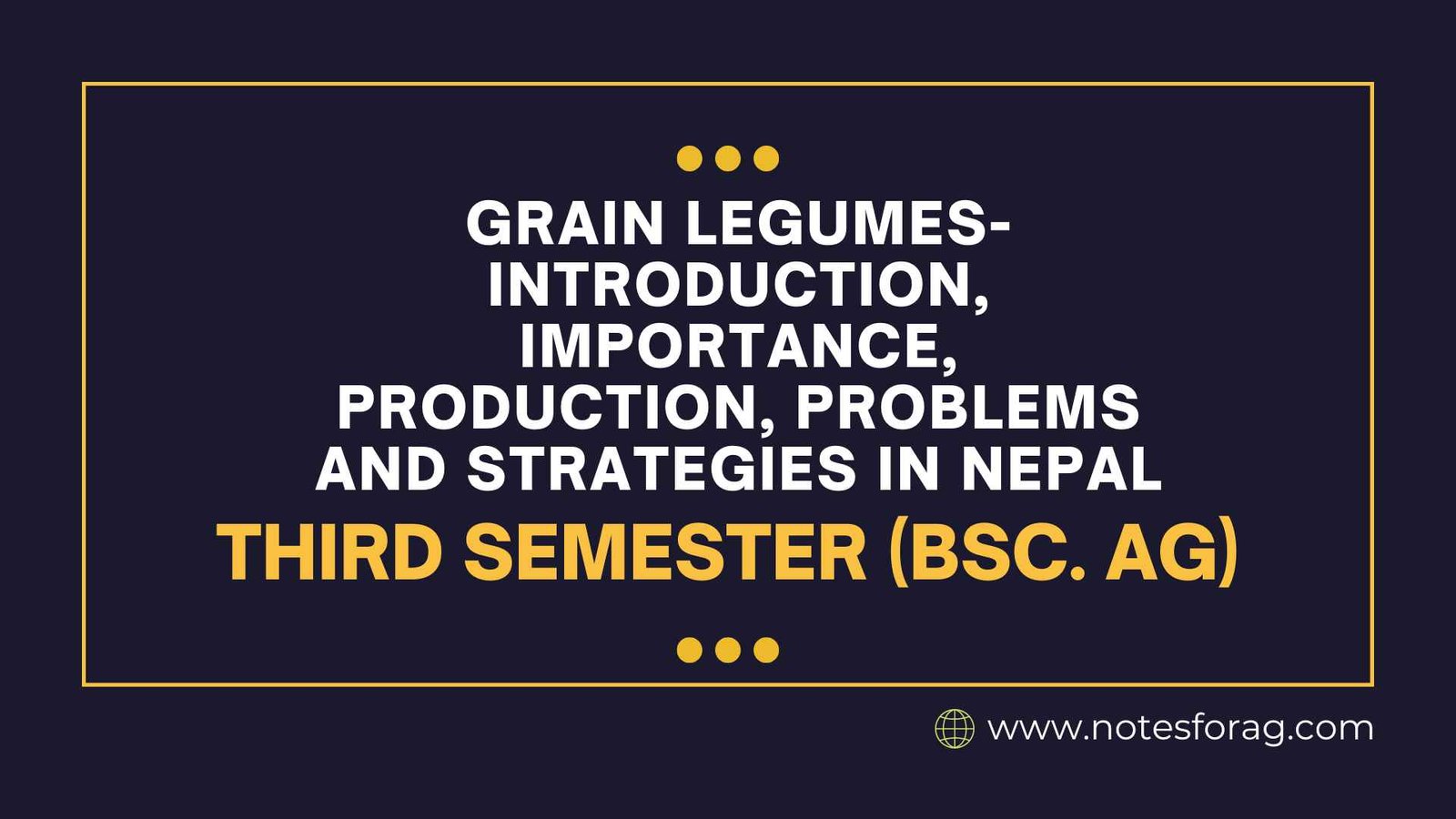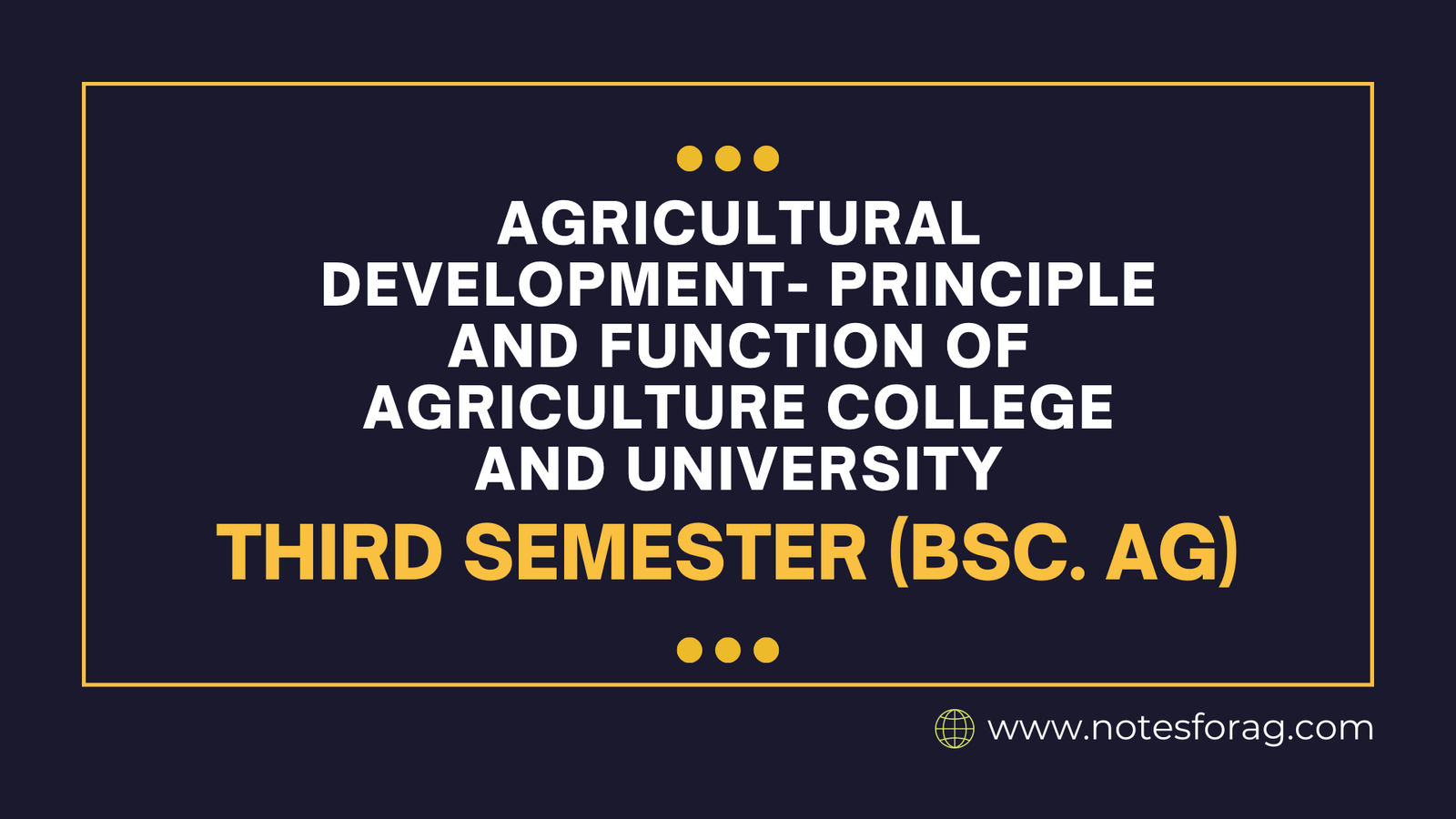Insect metamorphosis and development
Insect metamorphosis and development occur in several life stages that differ between species. Incomplete insect metamorphosis includes three stages: egg, nymph, and adult, with the nymph gradually resembling the adult. Complete insect metamorphosis consists of four stages: egg, larva, pupa, and adult, with major modifications taking place during the pupal stage. Ametabolous development entails minor … Read more

